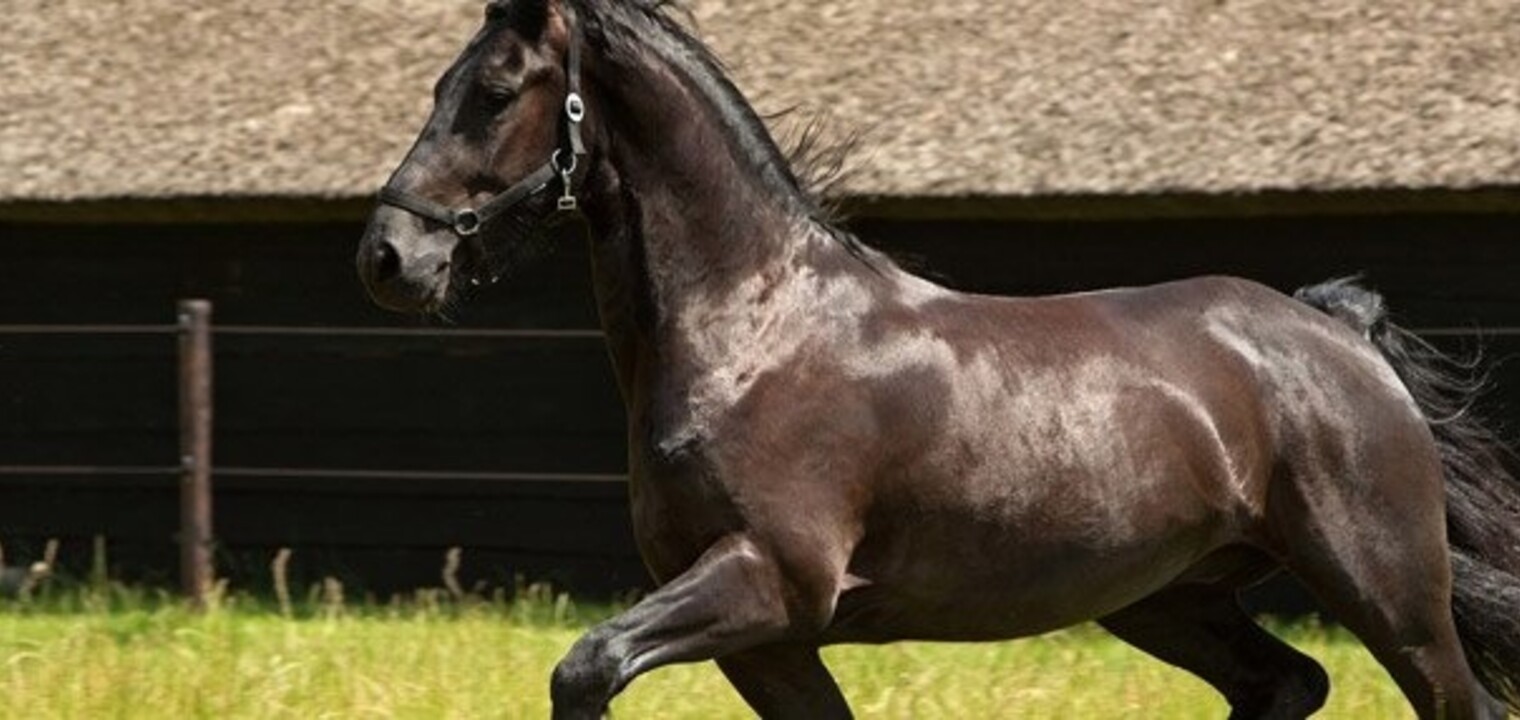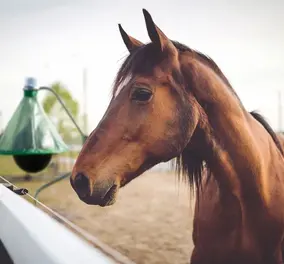For a number of years now, short-wave infrared technology has been used throughout the equestrian world in a wide range of day-to-day and therapeutic applications, including:
- warm-up and cool-down periods
- general grooming, washing, clipping & drying
- drying tack, rugs, numnahs, etc
- treatment of muscular & minor trauma injuries
- foaling, rehabilitation & recuperation
Short-wave infrared heating elements produce a wavelength peak at about 1200nm, which not only stimulates water molecules (having a drying effect), but penetrates deep into the subcutaneous skin layer, stimulating metabolic processes and blood-flow. Research by 'Philips' found that "This form of heat therapy has also been shown to speed the healing of different kinds of injuries such as sports injuries and non-infected wounds, in many cases providing rapid and effective pain relief. The benefits of this form of heat therapy are based on locally enhanced blood circulation in the skin caused by vasodilatory response. This results in an increased transport rate of metabolytes and other essential biochemical compounds. Benefits are also gained by deeper penetration of heat, which provides a gentle and pleasant warming effect. Applications include relieving muscular pain, rheumatism, lumbago, neuralgia, colds and other ailments, as well as helping recovery from injury, providing comfort and cosmetic care."
To see our full range of equestrian heating products, please visit our Stable & Yard Heating section.

Warm-up and cool-down:
One of the most common causes of muscular injuries in both horse and owner is insufficient warming-up. When cold, muscles lack the necessary blood flow to provide sufficient energy and remove muscular toxins such as lactic acid. Incorporating a pre-workout period under short-wave infrared heating helps prevent cramping and muscle strain by increasing blood-flow and stimulating muscular metabolism.
Unfortunately, whilst many people are fully aware of the necessity to warm-up, the same attention is not always given to the cooling-down period. During the walk-out period, the horse's muscular blood-flow remains elevated, removing residual lactic acid and metabolic toxins. Allowing the horse to stand for a period under the infrared heaters adds to the cooling-down period, enhancing muscle recovery, stimulating drying as well as a relaxing enviornment for rubbing down.
Drying tack, rugs, numnahs, etc:
Getting tack dry after getting caught out in an autumn shower, or drying off rugs after you've washed out all that 'frothy' sweat, can be a nightmare in cold weather. As well as being a health risk, that 'damp' smell is none too pleasant either. Short-wave infrared heaters activate the water molecules, rather than simply heating the surrounding air, significantly reducing drying times and reducing the likelihood of health issues and increasing the life of your (expensive) tack and equipment.
Treatment of muscular & minor traumatic injury:
One of the most frequent causes of muscular injury in horses, especially in the back and neck areas, is poor movement, caused by insufficient conditioning (warming up), an accident or fall, or unusually hard work. The most common injuries are torn muscle fibres after an accident or muscle strain or general stiffness after overwork and poor conditioning.
Short-wave infrared therapy works by penetrating through the surface skin layers to the subcutaneous layer and stimulating circulation the circulation. In the case of muscular damage, the increase blood-flow consequently increases the flow of healing oxygen and nutrients to the afflicted area and hence accelerates recovery. Nowadays, many horse owners talk of 'delayed onset muscle soreness' (DOMS) in relation to post-workout stiffness. DOMS is widely believed to be due to the occurrence of microscopic tears in the muscle fibres during exercise. This is actually a fundamental part of increasing fitness levels, as when the muscle fibres heal, so the muscles develop and become stronger and healthier. Increasing the blood-flow with short-wave infrared is a well-proven method of accelerating muscle repair and allowing the horse to return to work more quickly.
Foaling, rehabilitation & recuperation:
Naturally, mares tend to foal in the warmer months of the year when the foal has the greatest chance of survival. Unfortunately, breeding requirements and the general impact of captivity can result in foals being born out of season, when temperatures are still low. In addition to the standard preparations for a foaling or rehabilitation box (safety, hygiene, bedding and feed) a short-wave infrared heating system can literally be a lifesaver. In addition to producing a safe warm environment, by stimulating blood-flow short-wave infrared naturally relaxes both mare and foal. Pure short-wave infrared elements are often referred to as 'soft-glow' elements as they produce a very soft visible light, which is ideal for sensitive animals such as newborn foals and allows easy observation after dark. For horses recovering after injury or birthing, short-wave infrared promotes general well-being and is proven to accelerate recovery.





